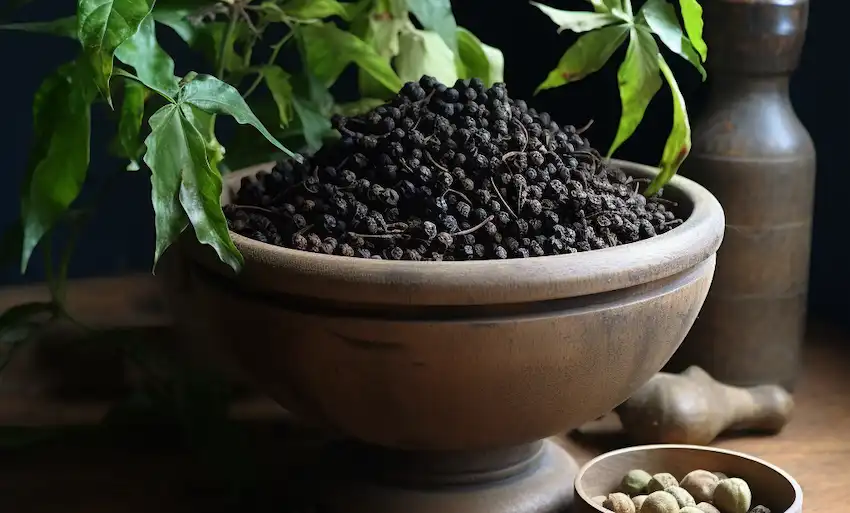
Black pepper is not just a staple in the kitchen; it can also bring flavor and greenery to your home. Growing black pepper in pots is an exciting journey that any gardening enthusiast can embark on. Not only will you get to enjoy lush foliage, but you’ll also be able to harvest aromatic peppercorns. In this article, we’ll walk you through selecting the best varieties for pot cultivation and provide you with all the information you need to plant and care for your black pepper plant.
1. Finding the Perfect Variety
When it comes to growing black pepper in pots, not all varieties are created equal. Here are some top varieties known for their superior flavor, suitability for potted growth, and popularity:
Malabar Black Pepper: This variety, originating from the Malabar Coast of India, is known for its robust flavor. Its moderate climbing habit makes it well-suited for pot cultivation.
Tellicherry Black Pepper: Considered a gourmet variety, Tellicherry pepper grows larger and matures slower, allowing for a fuller flavor to develop. It’s an ideal choice for pot cultivation as it adapts well to limited space.
Lampong Black Pepper: The Lampong variety, originating from Indonesia, is appreciated for its smoky and earthy notes. It thrives in pots, making it a great choice for indoor gardens.
2. Planting Black Pepper in Pots

Embark on your potted black pepper journey with these simple steps:
Choosing the Right Pot: Select a pot that is at least 12-16 inches in diameter and has good drainage. Black pepper plants need room to grow.
Soil and Planting: Use a well-draining soil mix to plant your black pepper seeds about a quarter-inch deep. Keep the soil moist, and germination can take 1-3 weeks.
Finding the Perfect Spot: Place your pot in a spot that receives partial sunlight. Black pepper plants thrive in warm, humid conditions but can be sensitive to direct, harsh sunlight.
3. Caring for Your Black Pepper Plant
Proper care is essential for your black pepper plant to thrive:
Watering: Keep the soil consistently moist but avoid over-watering, as it can lead to root rot.
Temperature and Humidity: Aim for a temperature range of 75-85°F (24-29°C) and provide high humidity. Consider using a humidifier or misting the plant regularly.
Supporting Growth: As a climbing plant, black pepper will benefit from a support structure like a trellis or stake.
Fertilizing: Use a balanced, slow-release fertilizer every couple of months. Be cautious not to over-fertilize, as it can harm the plant.
Pruning: Regular pruning encourages growth and prevents the plant from becoming leggy. Remove any dead or yellowing leaves.
Pest Control: Keep an eye out for common pests like spider mites. If necessary, use organic pesticides to control them.

Growing black pepper in pots is a rewarding experience that allows you to enjoy fresh spices and an attractive houseplant. With the right variety, proper planting, and diligent care, you can take pride in harvesting your own black pepper. Follow these steps and tips, and you’ll soon become a successful cultivator of this prized spice!





